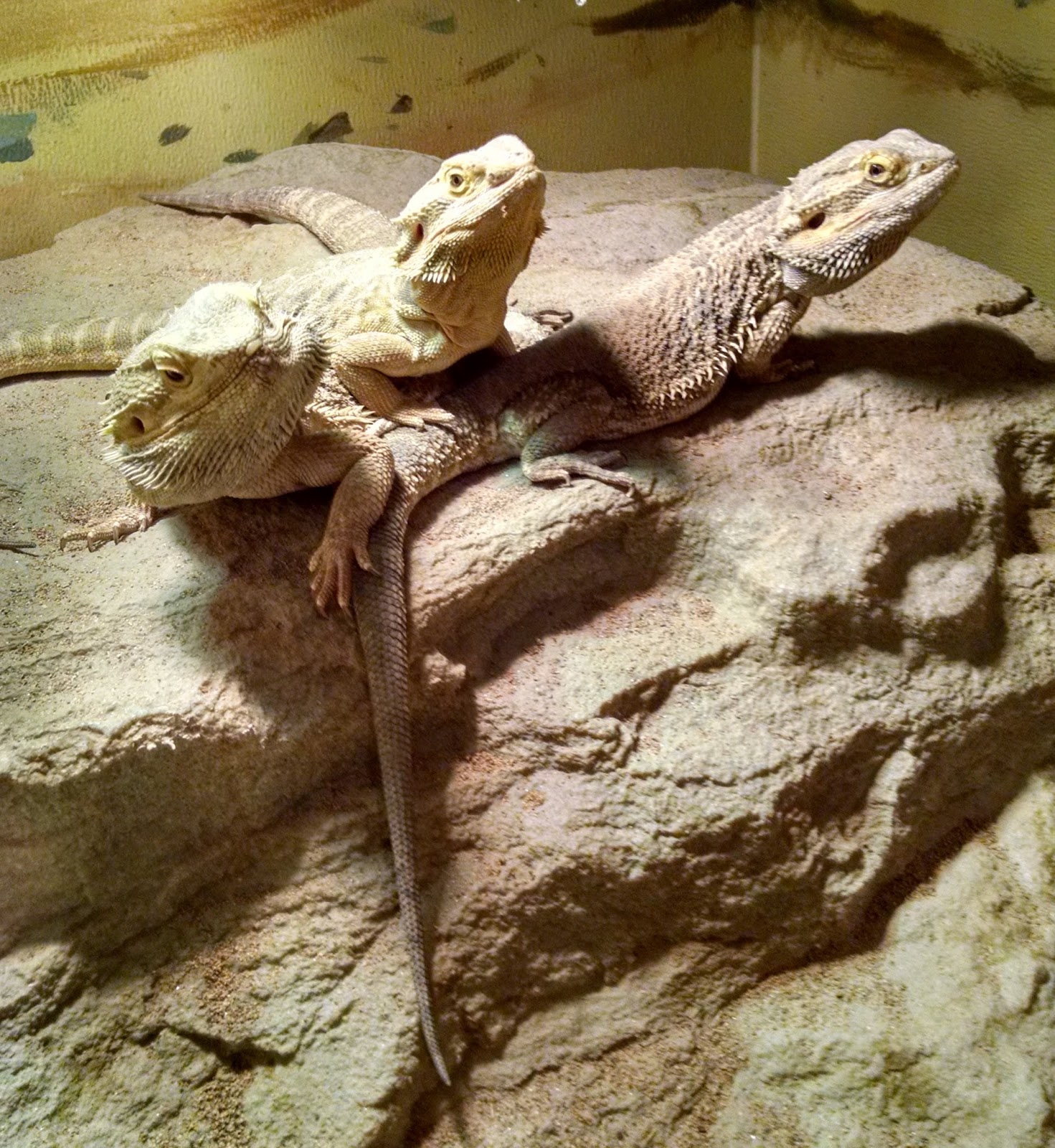Syringe Feed Bearded Dragon: The Ultimate Guide for Beginners
Syringe Feeding Your Bearded Dragon - What You Need to Know

As a bearded dragon owner, it is important to ensure that your pet is getting proper nutrition. In some cases, you may need to syringe feed your bearded dragon to make sure they are getting sufficient food and water.
Syringe feeding can be a daunting task, especially for beginners. However, with the right equipment and technique, it can be a simple and stress-free process that can help maintain your bearded dragon’s health.
When to Syringe Feed Your Bearded Dragon
There are a number of reasons why you may need to syringe feed your bearded dragon, including:
- Your bearded dragon is recovering from a health issue
- Your bearded dragon is not eating or drinking enough on their own
- Your bearded dragon is suffering from dehydration
- Your bearded dragon is underweight or malnourished
If you notice that your bearded dragon is not eating, drinking, or behaving normally, it is important to seek veterinary advice before starting syringe feeding.
Equipment You Will Need

Before you start syringe feeding your bearded dragon, you will need to gather some equipment. Here’s what you’ll need:
- A syringe - choose a size appropriate for your bearded dragon’s size and consider using a feeding needle
- A nutrient-rich food source - a commercial reptile food or homemade mixture
- A small dish or container to hold the food
- A small dish or container to hold water
- A towel or paper towel for clean-up
Preparing the Syringe and Food
Once you have the necessary equipment, it’s time to prepare the syringe and food:
- Fill the syringe with your food mixture according to your bearded dragon’s size
- Remove any air bubbles from the syringe
- Warm the syringe in warm water to mimic the temperature of the food in the bearded dragon’s stomach
Be sure to choose a nutrient-rich food source that is appropriate for your bearded dragon’s age and nutritional needs. You can consult with your veterinarian or a reptile nutrition expert for advice on the best food options.
Feeding Your Bearded Dragon

Now that you have your syringe and food mixture prepared, it’s time to feed your bearded dragon:
- Gently approach your bearded dragon with the syringe
- Slowly and gently insert the syringe into the side of the bearded dragon’s mouth
- Slowly depress the plunger on the syringe to release the food into the bearded dragon’s mouth
- Observe your bearded dragon to ensure they are swallowing the food and not aspirating the food into their lungs
- Repeat the process until your bearded dragon has had enough food
Be sure to keep the feeding sessions short and avoid overfeeding your bearded dragon. Overfeeding can lead to weight gain, digestive problems, and other health issues.
Providing Water
In addition to food, it is important to ensure that your bearded dragon is getting sufficient water. Here’s how:
- Fill a small dish or container with fresh water
- Gently bring your bearded dragon to the dish or container
- Encourage your bearded dragon to drink from the dish or container by gently nudging their nose towards the water
- Monitor your bearded dragon to ensure they are drinking enough water
If your bearded dragon is recovering from dehydration, you can also add an electrolyte solution to the water to help replenish their fluids.
Clean-Up
After each feeding session, be sure to clean up any excess food and water. Use a towel or paper towel to wipe any food or water off your bearded dragon’s face and scales.

Conclusion
Syringe feeding your bearded dragon can be a useful tool in maintaining their health and nutrition. With the right equipment and technique, it can be a stress-free process that can help your bearded dragon recover from illness or get the nutrients they need.
